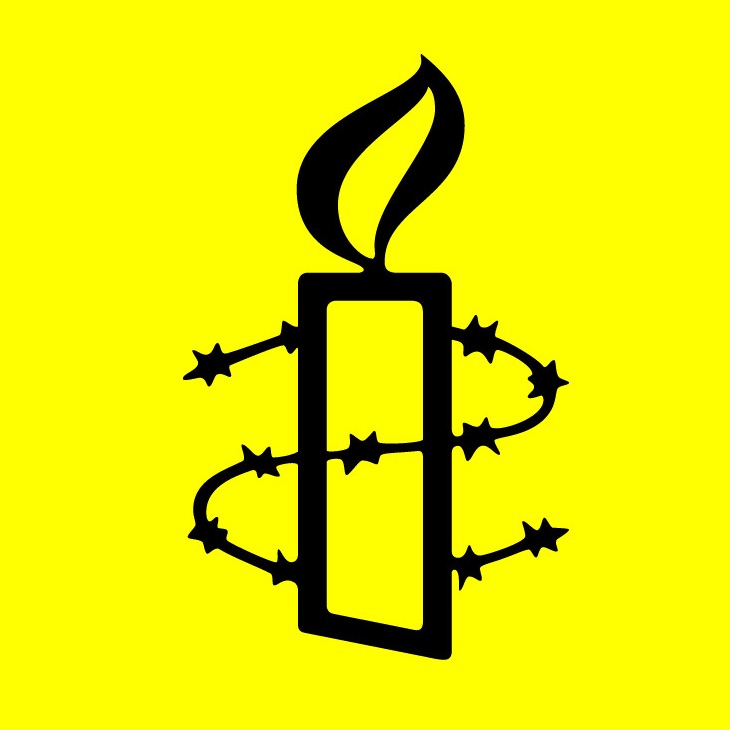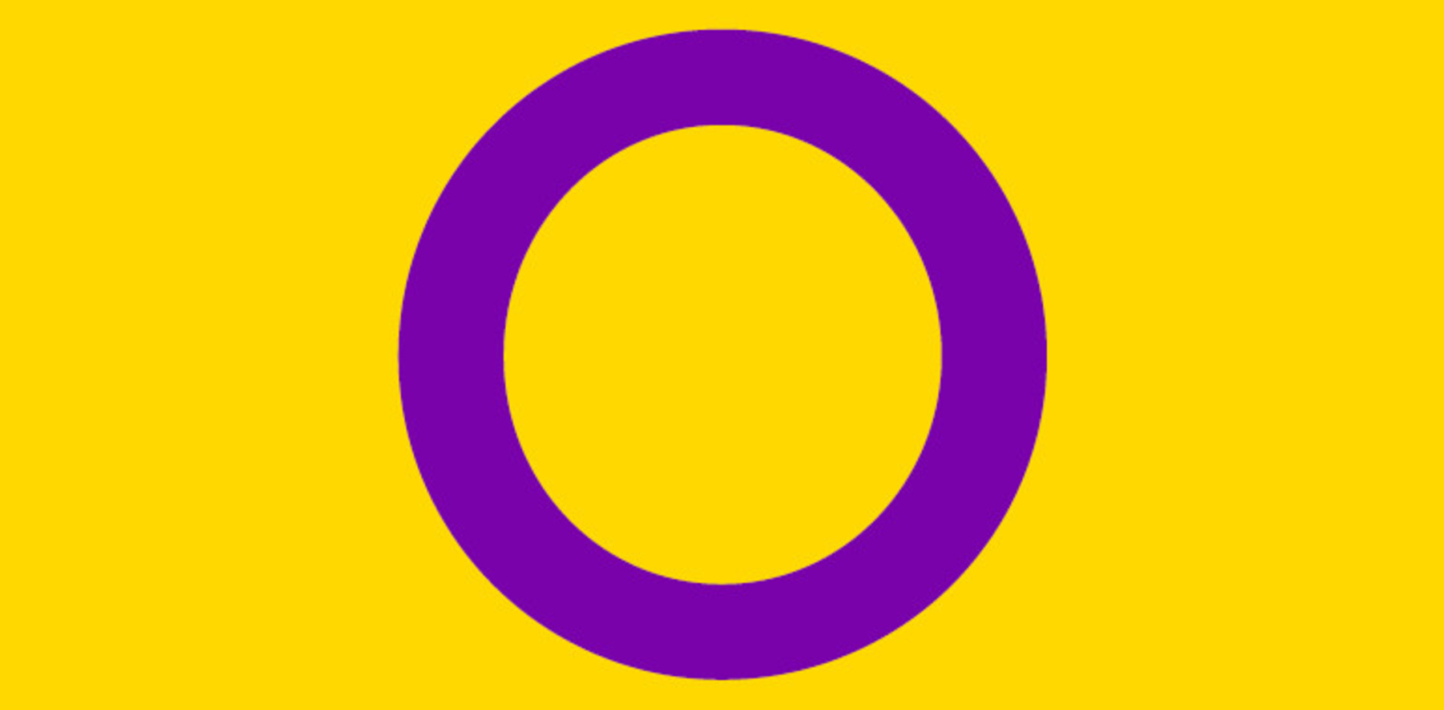Myth 1: Everybody is either born male or female
People often assume that the world is divided neatly into two groups of people, male and female, and that everyone’s biological and genetic characteristics fit into one of these two categories.
But this is not always the case. There are millions of people around the world who have sexual characteristics that do not fit typical binary notions of male or female bodies. Many, though not all, of these people identify as intersex.
Intersex is an umbrella term used to describe a wide range of natural variations that affect genitals, gonads, hormones, chromosomes or reproductive organs. Sometimes these characteristics are visible at birth, sometimes they appear at puberty, and sometimes they are not physically apparent at all.
Myth 2: Being intersex is very rare
According to experts, around 1.7% of the population is born with intersex traits – comparable to the number of people born with red hair.
Despite this, the term intersex is still widely misunderstood, and intersex people are massively underrepresented. This week a leaked memo from the Trump administration suggested that the US government is working towards new definitions of sex and gender, dividing them into “unchangeable” categories of male and female.
This would completely deny the existence of transgender and intersex people, with dangerous implications for human rights in the US and beyond.
Myth 3: Being intersex is a condition that needs to be corrected
Many intersex children undergo surgery in an effort to ‘normalise’ them – even though these interventions are often invasive, irreversible, and not performed for emergency reasons.
Although doctors and parents may be well meaning, the reality is that the procedures performed on intersex children can cause major problems, including infertility, pain, incontinence and lifelong psychological suffering. All this just to make children conform to society’s idea of what a girl or a boy ‘should’ look like.
Research by Amnesty International has highlighted how this constitutes a human rights violation. These interventions are often performed on children who are too young to meaningfully participate in decisions about their own bodies, and their parents are often not properly informed about the potential risks.
States have a duty to combat harmful stereotypes about gender and diversity – instead, many choose to subject children to needless operations just to make them “fit”.
Myth 4: Intersex people are transgender.
Being intersex has nothing to do with being transgender.
Our physical sexual characteristics have nothing to do with how we consider our gender identity, or with who we are attracted to.
The word “transgender” – or trans – is an umbrella term for people whose gender identity is different from the sex they were assigned at birth. The word “intersex” relates to physical sexual characteristics, and not to an internal sense of identity. An intersex person may also identify as trans, but they are separate things, because gender and sex are separate.
An intersex person may be straight, gay, lesbian, bisexual or asexual, and may identify as female, male, both or neither.
Both intersex and trans people have the right to choose their own gender identity, and should never be forced to live with bodies or identities they do not feel comfortable with.
Myth 5: No one is speaking out for intersex people
Although there are still a lot of misconceptions around the meaning of intersex, there are lots of amazing intersex activists around the world who are fighting to raise awareness and protect human rights.
Many of these human rights defenders say they want to make sure that in the future no children experience the suffering they did.
Eves and Charlie, two intersex activists, told Amnesty International about the need for openness and acceptance.
Eves said:
“Society must become more open to all the diversity that being a person means. And children must be able to grow up the way they are.”
Charlie said:
“If the topic is not discussed, when there is a de facto veil of silence, it makes it incredibly difficult for people affected to accept themselves and their own body.”
Recently there have been some major steps forward thanks to the tireless campaigning of intersex activists and organizations.
In 2013, intersex activists from 30 organisations came together to draw up the Malta Declaration, highlighting the demands and recommendations of the international intersex movement.
And this year for Intersex Awareness Day, OII-Europe together with IGLYO and EPA have launched a toolkit for parents who want to support intersex children.
There’s still a long way to go, but Amnesty International will keep supporting the fight for intersex people to live free of shame, stigma and pain.


